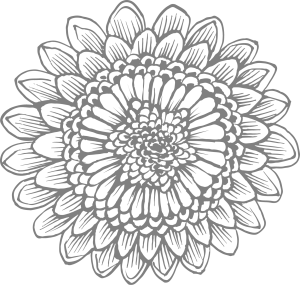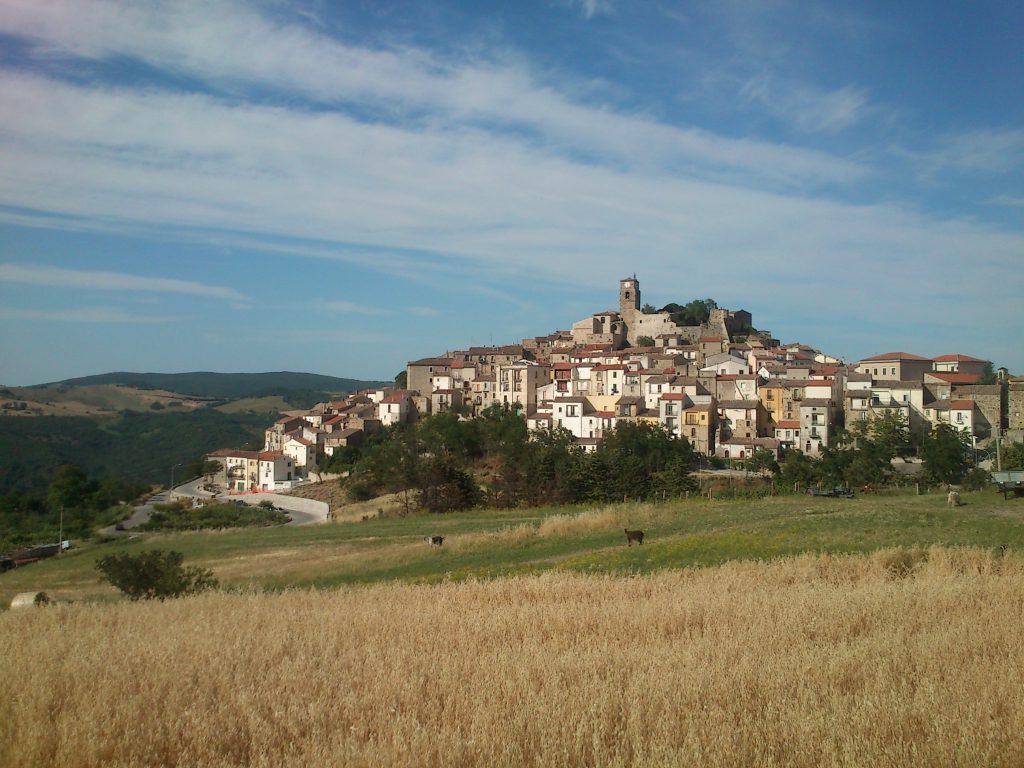LUPARA
The community of Lupara celebrates St Anthony of Padua on 22 July with a procession of decorated floats pulled by oxen, as happens in other towns in Molise. The religious celebration is introduced by the Eucharistic celebration. After the Holy Mass, the statue of the Saint is carried on the shoulders through the old town to the arch of the Taverna. Here it is placed on the cart pulled by oxen who wear colourful cloaks for the occasion. Small and large wagons filled with sheaves of grain are decorated, followed by women and men in traditional costumes, modelled on typical country festivities. The procession reaches the square, where the owners of the oxen compete: whoever offers the most grains has the privilege of carrying the statue. Declaring victory with a roar of applause, the procession moves forward slowly. The faithful sing songs and pray. Many women carry baskets full of wheat, biscuits and bread on their heads. On the threshing floor the priest blesses animals and vehicles with their loads. In a few minutes the destination is set up. The procession then sets off again accompanied by the band and a continuous ringing of bells. Participants in the procession show great emotion especially at some special moments of the processional route, especially when the oxen kneel in front of the statue. At the end of the procession, the traditional ‘greeting of the reapers’, i.e. the participants in the procession dressed in traditional clothes, is sung.

VIDEO
IMAGE GALLERY


LUPARA
The community of Lupara celebrates St Anthony of Padua on 22 July with a procession of decorated floats pulled by oxen, as happens in other towns in Molise. The religious celebration is introduced by the Eucharistic celebration. After the Holy Mass, the statue of the Saint is carried on the shoulders through the old town to the arch of the Taverna. Here it is placed on the cart pulled by oxen who wear colourful cloaks for the occasion. Small and large wagons filled with sheaves of grain are decorated, followed by women and men in traditional costumes, modelled on typical country festivities. The procession reaches the square, where the owners of the oxen compete: whoever offers the most grains has the privilege of carrying the statue. Declaring victory with a roar of applause, the procession moves forward slowly. The faithful sing songs and pray. Many women carry baskets full of wheat, biscuits and bread on their heads. On the threshing floor the priest blesses animals and vehicles with their loads. In a few minutes the destination is set up. The procession then sets off again accompanied by the band and a continuous ringing of bells. Participants in the procession show great emotion especially at some special moments of the processional route, especially when the oxen kneel in front of the statue. At the end of the procession, the traditional ‘greeting of the reapers’, i.e. the participants in the procession dressed in traditional clothes, is sung.
VIDEO